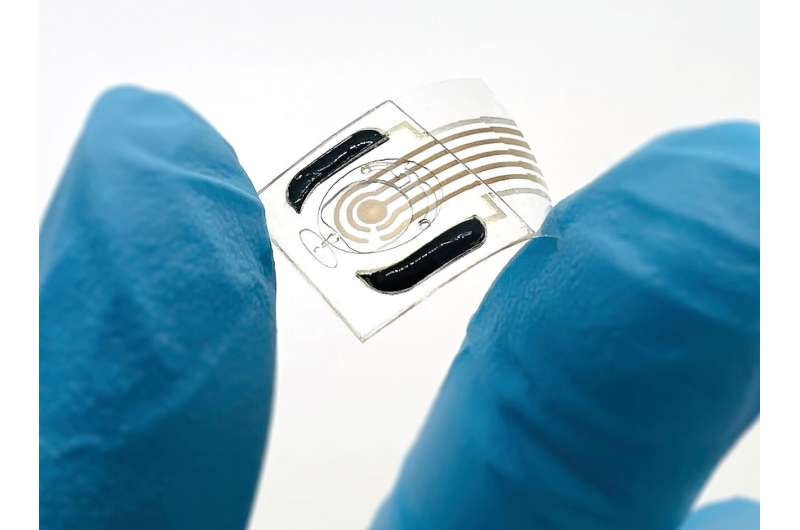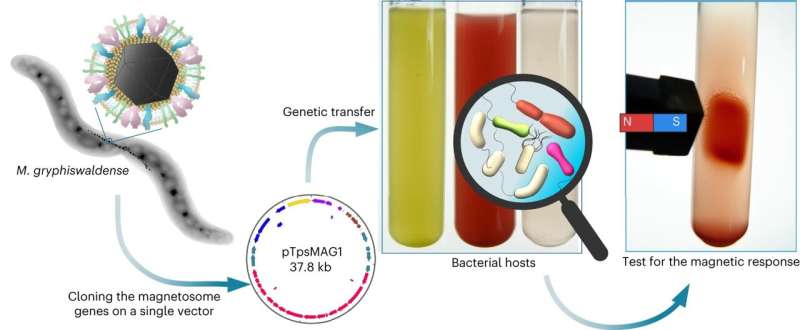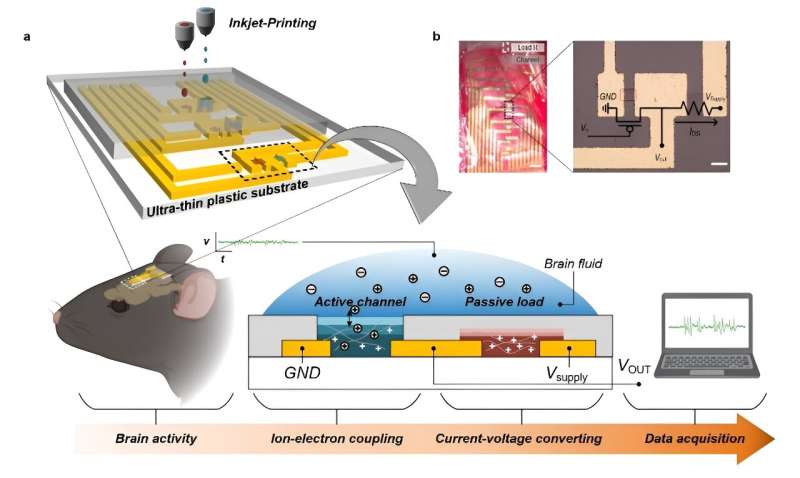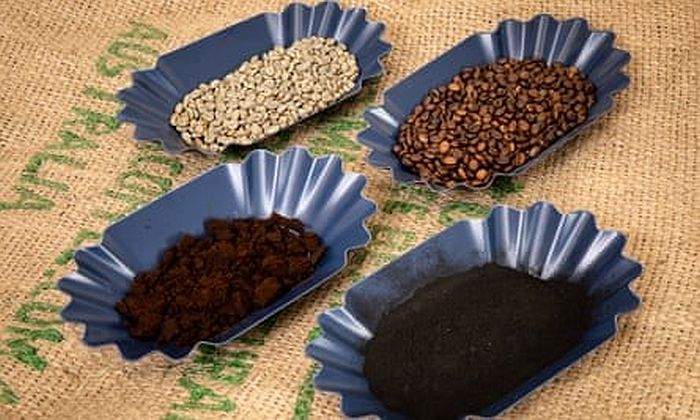
Wearable aptamer nanobiosensor wirelessly monitors estrogen in sweat (29/09/2023)
The sex hormone commonly known as
estrogen plays an important role in multiple aspects of women's health and
fertility. High levels of estrogen in the body are associated with breast and
ovarian cancers, while low levels of estradiol can result in osteoporosis,
heart disease, and even depression. (Estrogen is a class of hormones that
includes estradiol as the most potent form). Estradiol is also necessary for
the development of secondary sexual characteristics in women and regulates the
reproductive cycle.

New study on the genetic magnetization of living bacteria shows great potential for biomedicine (29/09/2023)
Magnetic bacteria possess
extraordinary capabilities due to the magnetic nanoparticles, the magnetosomes,
which are concatenated inside their cells. A research team at the University of
Bayreuth has now transferred all of the approximately 30 genes responsible for
the production of these particles to non-magnetic bacteria in a broad series of
experiments.
Integrating 2D materials for on-chip photonics (28/09/2023)
Recently, the introduction of nonlinear optical functions in integrated optics has sparked significant enthusiasm. Demonstrations have shown the potential for integrated photonic platforms. Furthermore, large-scale manufacturing capability and affordability have motivated the development of fully integrated, nonlinear optical devices, aiming at various applications, such as all on-chip spectroscopy, on-chip quantum computations and communications, efficient multiplexing for data communications, on-chip metrology, bio-sensing, or LIDARs.
Wood waste transformed into transparent, anti-fog coating (26/09/2023)
Researchers have developed a quick and easy way to turn the
wood-based bioproduct lignin into nanoparticles that can create a transparent
coating with anti-fog properties or a colorful antireflective surface. The
discovery transforms this abundant waste product into a useful material with
diverse applications, such as on glasses and vehicle windows.
Watery material makes windows selectively block light and/or heat (25/09/2023)
Windows are pretty basic necessities for letting in light and heat, but you don’t always want both at once. Now engineers at North Carolina State University (NCSU) have developed a new material that allows windows to easily switch between three modes.

Scientists develop tunable organic active neural probe enabling near-sensor signal processing (25/09/2023)
In order to explore brain disorders and discover potential treatments, it is crucial to analyze and interpret the signals transmitted by the brain. Although neural probes attached to the brain can effectively detect subtle bio-signals, they lack the ability to amplify and process these signals, necessitating the use of a separate amplifier. The research team identified a solution in common household "inkjet printers" that have been widely available for a long time.

A non-invasive way to turn a cockroach into a cyborg (21/09/2023)
Bionic silkworms with spider genes spin fibers 6x tougher than Kevlar (20/09/2023)
Plant-based glue bonds even better when placed underwater (12/09/2023)
Getting glue to stick in dry conditions is relatively easy, but having it maintain a bond underwater is much more difficult. That said, a new bio-based glue not only works underwater, it actually gets stronger when immersed.

Full of beans: scientists use processed coffee grounds to make stronger concrete (11/09/2023)
Australian engineers say they can make concrete nearly 30%
stronger by incorporating processed grounds into the material









